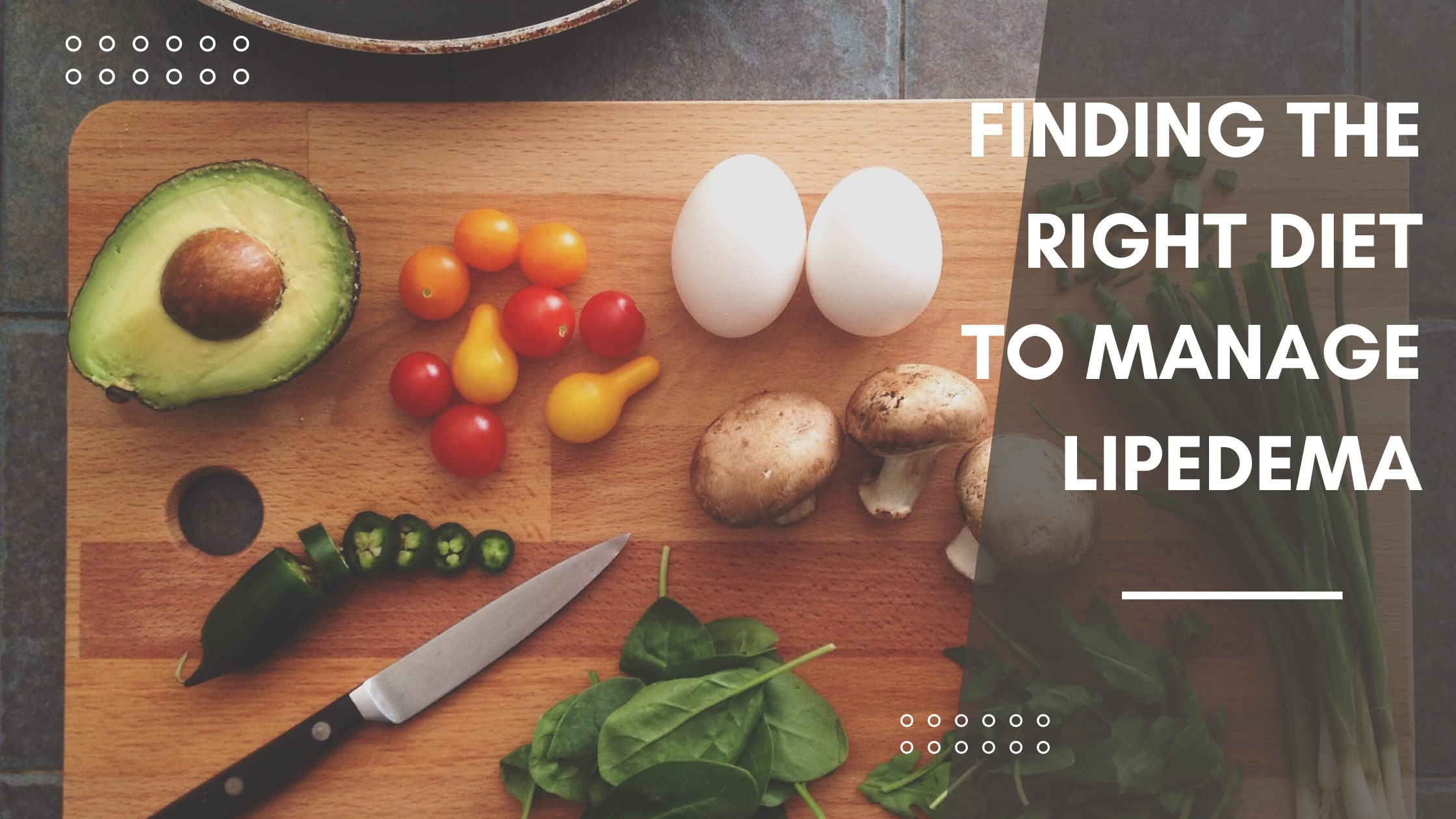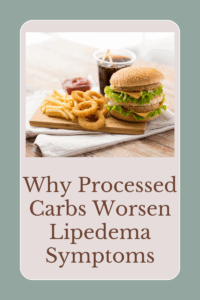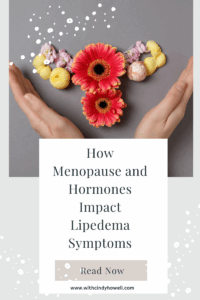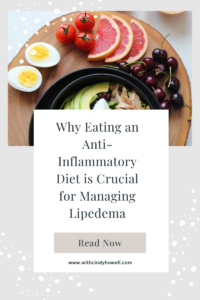Living with lipedema is a challenge, but choosing the right diet can make a significant difference. This guide explores the best dietary approaches to help manage this often misunderstood condition. Whether you’re a lipedema sufferer, a health-conscious individual, or a medical professional, you’ll find valuable insights to support overall well-being.
Introduction
Lipedema is a chronic condition that affects millions worldwide, primarily women. Characterized by an abnormal accumulation of fat, it can cause significant pain and mobility issues. The search for the best diet to manage lipedema is crucial, as nutrition plays a pivotal role in controlling symptoms and improving quality of life.
In this blog post, we’ll explore lipedema in-depth, understand how diet influences its progression, and identify the most effective dietary strategies for those affected.
Understanding Lipedema
Lipedema is a unique disorder involving the buildup of fatty tissue, typically in the legs and arms. Unlike general obesity, lipedema fat distribution is often symmetrical and starts at the hips, extending down to the ankles. This condition can be confused with lymphedema, but there are distinct differences.
Lipedema can cause pain, tenderness, and swelling. Often, the skin feels cold and can bruise easily. One of the most challenging aspects is the emotional toll it takes. Many sufferers experience frustration and depression due to the chronic nature and appearance-related stigma of the condition.
The Role of Diet in Lipedema Management
Recent research highlights the importance of diet in managing lipedema. While there’s no cure, proper nutrition can help reduce inflammation, manage weight, and alleviate symptoms. Understanding what to eat and avoid is key to slowing the progression of lipedema.
Common dietary mistakes can exacerbate lipedema. High-sugar and ultra processed foods are particularly detrimental, as they can lead to increased fat storage and inflammation.
Recommended Diet for Lipedema
A well-balanced diet rich in anti-inflammatory foods is beneficial for managing lipedema. Focus on whole, unprocessed foods that provide essential nutrients without exacerbating symptoms.
Key Nutrients and Food Groups
- Omega-3 Fatty Acids: Found in fish like salmon and mackerel, walnuts, and flaxseeds, these fats reduce inflammation and improve overall health.
- Antioxidants: Berries, leafy greens, and nuts are packed with antioxidants that combat oxidative stress and inflammation.
- Proteins: Chicken, turkey, beef and seafood provide necessary protein.
- Hydration: Drinking plenty of water is crucial to reduce swelling and improve lymphatic function.
- In addition to diet, lifestyle changes play a crucial role in managing lipedema. Regular exercise helps maintain a healthy weight and supports lymphatic drainage. Low-impact activities like swimming, walking, and cycling are particularly beneficial.
Joining support groups can provide emotional and practical support. Connecting with others who understand your struggles can be incredibly empowering. Look for local or online groups dedicated to lipedema awareness and management.
Join my support group here: https://www.facebook.com/groups/7021999704562921
Conclusion
Diet is a fundamental aspect of managing lipedema. By choosing anti-inflammatory foods, staying hydrated, and avoiding common dietary pitfalls, you can significantly improve your quality of life. Remember, everyone’s body responds differently, so it’s essential to consult with a healthcare professional to tailor a plan that works best for you.
We encourage you to take these insights and apply them to your daily routine. If you found this information helpful, share it with others who might benefit. Together, we can raise awareness and support those living with lipedema.
Supporting your wellness:
OX Cindy








